Number of closures amongst Japan’s yakiniku restaurants reaches all-time high
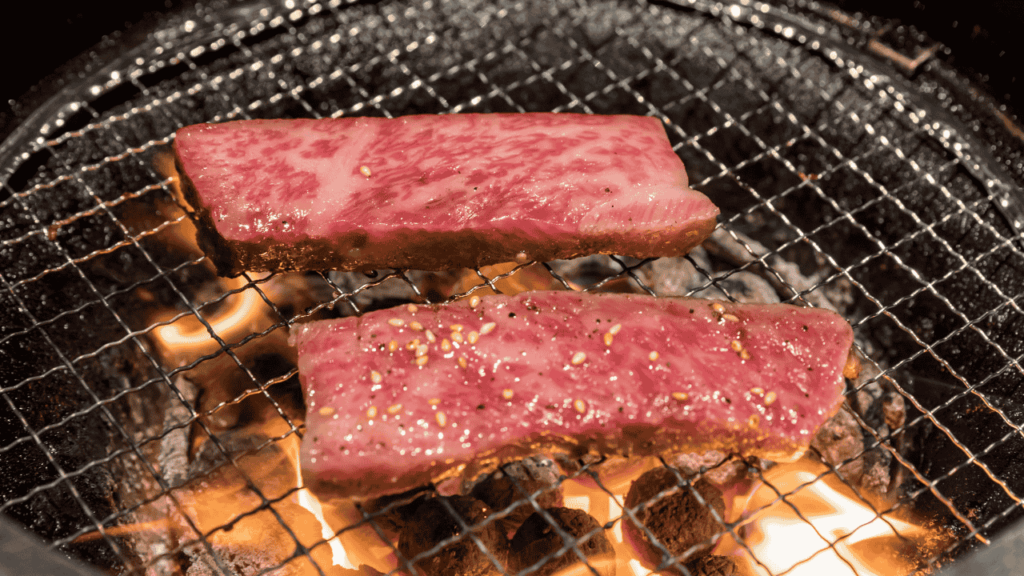
Japan’s yakiniku industry is under significant strain, as a record number of restaurants had to close within the last year.
The 2024 financial year witnessed a significant surge in bankruptcies among yakiniku restaurants in Japan, with preliminary figures indicating 55 cases.
This figure represents a doubling of the number recorded in the previous financial year, which stood at 27 cases. This increased total marks the highest number of bankruptcies ever documented in this sector.
The primary factors contributing to this alarming trend include the challenging business environment. Escalating raw material costs, such as imported beef and vegetables, and soaring labor costs, have severely impacted the profitability of small restaurants and those originating from other industries.
Projections suggest that raw material prices and operational costs are likely to remain elevated in the foreseeable future, raising concerns that the number of bankruptcies may persist at a high level throughout the coming year.
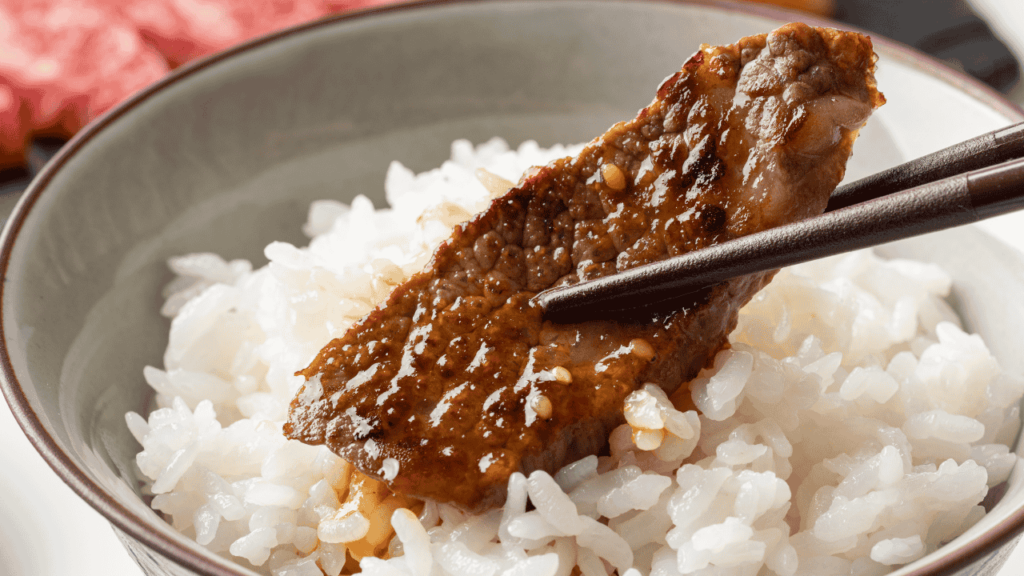
It is important to acknowledge that the actual number of yakiniku restaurants exiting the market is likely higher than the numbers reported when considering the closure or cessation of operations of smaller establishments, such as privately run stores.
2024 saw a surge in new entrants into the yakiniku restaurant business, spurred by a temporary boost within the sector after the COVID-19 pandemic.
As a result of increased competition, the success or failure of individual companies hinged largely on their ability to effectively absorb the rising costs of store operations, encompassing raw materials like imported beef and vegetables, as well as ever increasing labor costs.
Raw material prices have been a particular burden to many yakiniku outlets. The monthly average price of imported beef for popular cuts such as loin, shoulder, and belly per kilogram is projected to have increased 1.8 times compared to in 2020.
The cost increase of US beef, previously favored for its affordability, means it is no longer as attractive an option as in the past.
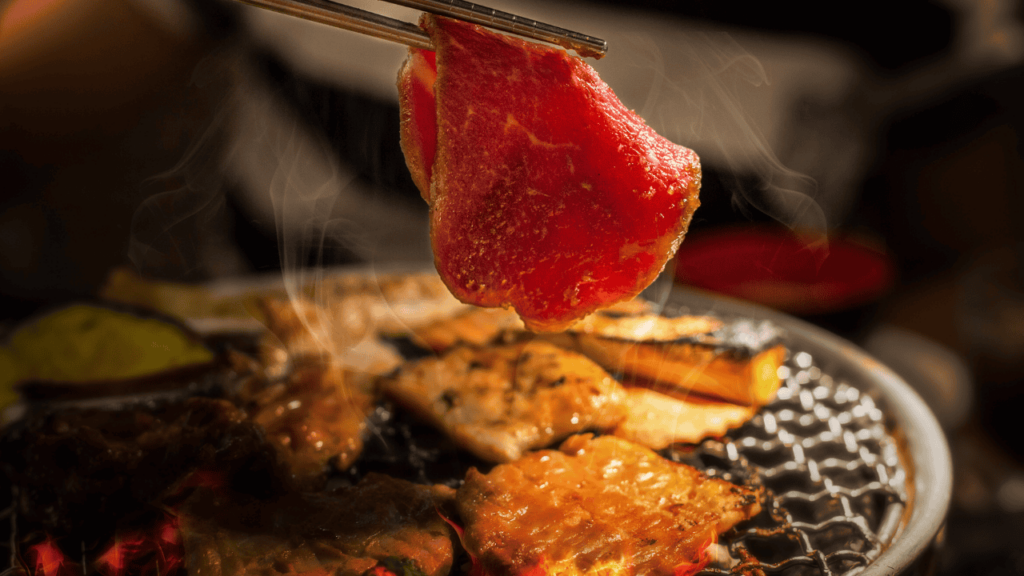
Additionally, the prices of vegetables used in grilled vegetable dishes and salads have risen noticeably in recent years, with the price of cabbage and other staple vegetables commonly used in yakiniku restaurants increasing 1.2 times when compared to 2020, creating a challenging profit environment.
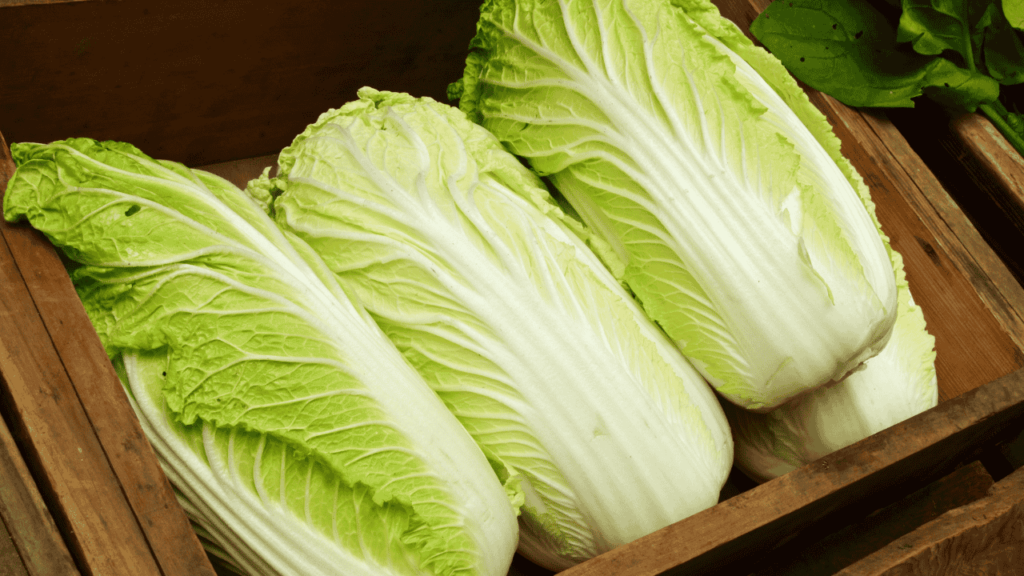
An analysis of the profit and loss trends of yakiniku restaurants throughout 2024 reveals that approximately 20% are operating at a loss, and the percentage of “deteriorating performance,” including “decreased profits,” has fallen below 50% for the first time in three years since 2021, during the COVID-19 pandemic.
Established yakiniku chains have successfully captured demand from families seeking affordable yakiniku dining options by expanding their inexpensive all-you-can-eat menus, as well as leveraging their strengths in cost lowering efforts such as bulk purchasing, demonstrating a trend of offsetting increased costs with increased sales.
However, companies from other industries that offer yakiniku and smaller yakiniku restaurants have been reluctant to raise prices due to a fear of losing customers, leading to significantly reduced profits.
This is leading to the closure of small and medium-sized yakiniku restaurants that cannot withstand a prolonged period of economic strain, significantly contributing to the elevated number of bankruptcies.
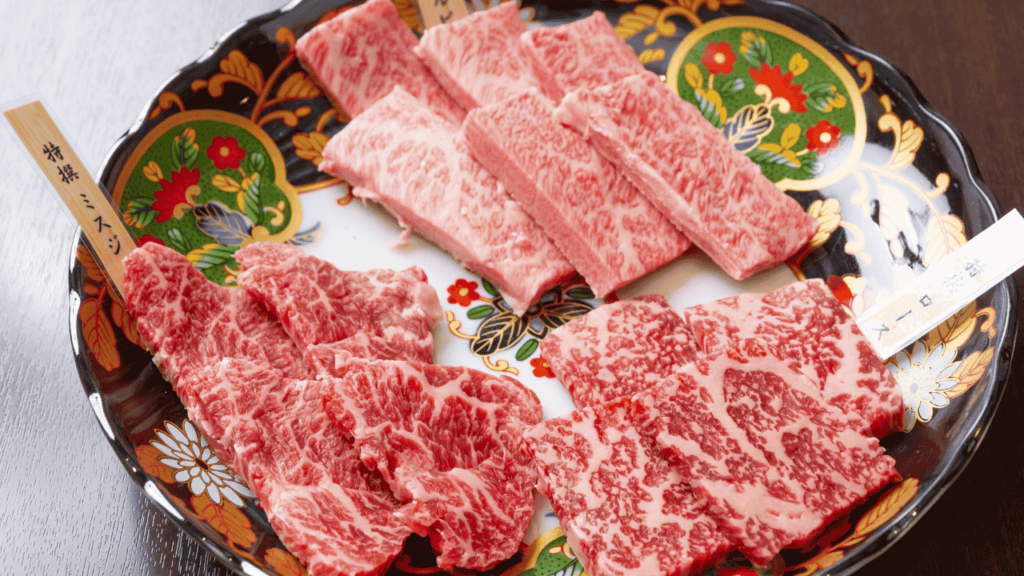
Currently, major chains are implementing menu price adjustments and pursuing strategies such as social media marketing and the introduction of new products, including seasonal menus, to attract customers beyond the family demographic.
Recently, in addition to roadside locations, there has been a trend of restaurants opening in shopping centers to attract a larger customer base and cultivate regular patrons.
However, with raw material prices, such as imported beef, remaining high, and the burden of store operating costs, including electricity, gas, and labor costs, also increasing, the challenging environment is expected to persist.
As a consequence, there is a strong possibility that the number of yakiniku restaurant bankruptcies will continue to remain high in the coming year.
Source: PR Times
